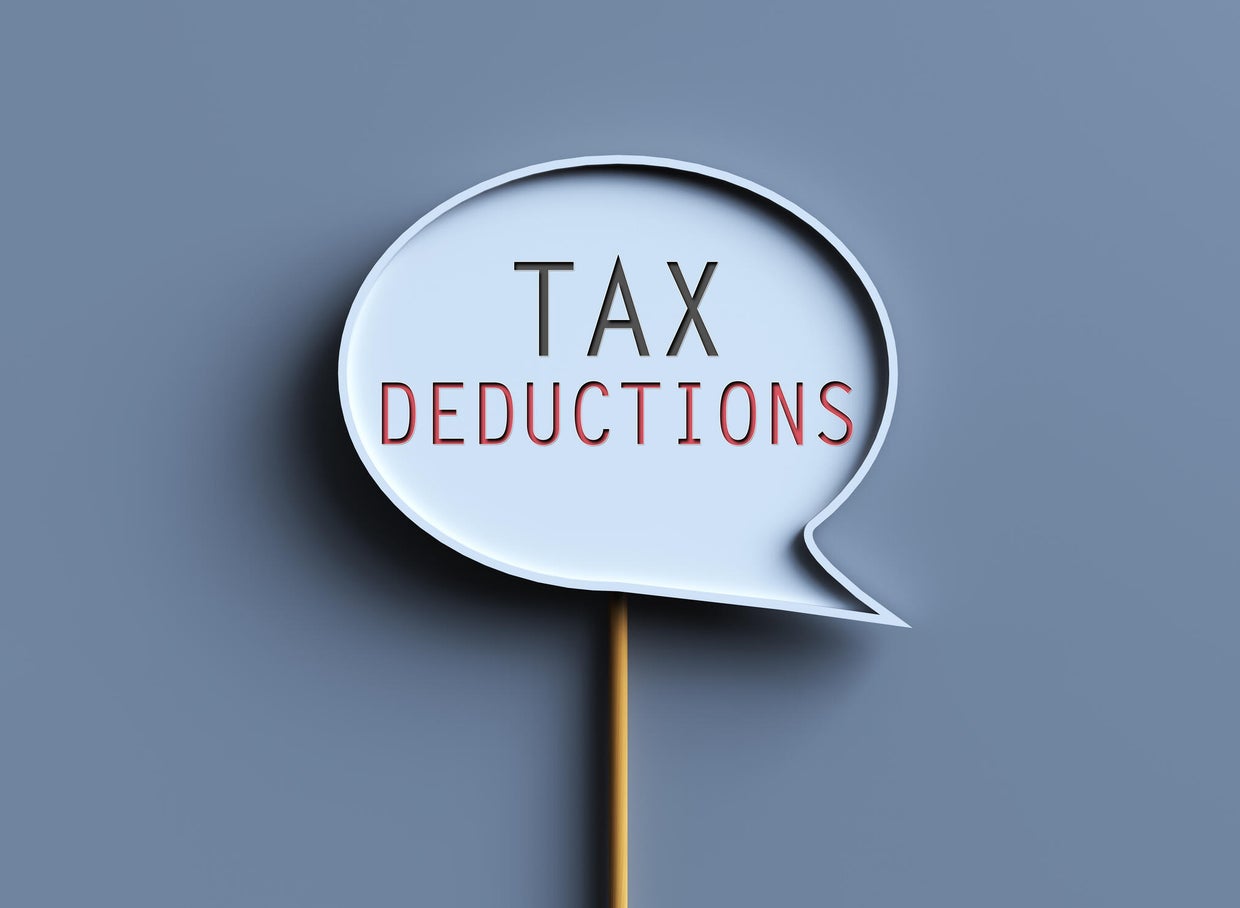Which tax deductions reduce your tax bill the most? Experts weigh in
With the April 15 tax filing deadline right around the corner, millions of Americans are finalizing their 2024 tax returns with one goal: reducing what they owe. Proper planning can save you thousands of dollars on your federal income tax bill, after all, and the right deductions might even turn your payment into a welcome tax refund.
Not all tax deductions apply to everyone, however. Homeowners, business owners and those with specific healthcare costs qualify for different write-offs. Below, industry professionals break down the most powerful ones available this filing season. They also share insights on when utilizing a tax relief service might be worth considering.
Find out how to get more help with your IRS tax debt.
Which tax deductions reduce your tax bill the most?
"For many taxpayers, contributing the maximum amount to their tax-deferred retirement accounts will likely reduce their tax bills the most," advises Jeffrey Kelson, partner and national tax co-leader at EisnerAmper, a tax and business advisory firm.
The current maximum contribution is $23,500 in 2025, but if you're over 50 years of age, you can contribute an extra $7,500 per year. Taxpayers between the ages of 60 and 63 can make catch-up contributions of up to $11,250.
Experts also recommend exploring three other deductions to lower your tax bill:
Homeownership deductions
"For most homeowners who use their home as a primary residence, the largest and most common immediate tax deductions are property taxes and the home mortgage interest deduction," says Sarah Gaymon, a certified public accountant (CPA) and director of tax services at Berkowitz Pollack Brant Advisors + CPAs. Property taxes are currently capped at $10,000 under SALT (State and Local Tax) limitations. To benefit from these deductions, you must itemize on your tax return.
Beyond traditional write-offs, "home improvement expenses toward energy-efficient homes can yield significant savings," notes Ran Harpaz, founder and CEO of Lettuce Financial, a company offering tax services for solopreneurs. The Residential Clean Energy Credit provides up to 30% of the cost for qualifying improvements such as solar panels.
Learn what your IRS tax relief options are here.
Business and self-employment deductions
"The Qualified Business Income (QBI) deduction [is] one of the biggest deductions for small businesses," says Kelson. This allows eligible self-employed taxpayers to reduce their taxable income by up to 20% of their qualified business earnings.
Under the QBI, business owners can deduct the following expenses:
- Equipment depreciation
- Insurance
- Mileage driven to clients
- Office supplies
- Repairs and maintenance
- Select start-up and organizational costs
- Utility costs
If you're a high-earning self-employed individual, Harpaz suggests exploring S Corporation status. With it, you pay yourself a reasonable salary subject to self-employment taxes (15.3%).
"After [that], the rest of the profits aren't subject to [these] taxes," he says.
This structure can save six-figure-revenue business owners thousands in self-employment taxes annually compared to a sole proprietorship.
Healthcare deductions
Though it requires a high-deductible health plan, "an HSA (Health Savings Account) has a triple tax benefit," Kelson points out. "You get a tax deduction in the contribution year. It can accrue interest tax-free, and if you distribute it for qualified medical expenses, you don't pay taxes on those contributions."
Many employers also match HSA contributions.
Don't have an HSA? Medical expenses can still provide tax benefits. If you itemize your deductions, "health-related expenses are deductible if they exceed 7.5% of [your] adjusted gross income," says Gaymon.
Here are examples of eligible expenses:
- Payments to doctors, surgeons, psychiatrists and hospitals
- Prescription medications
- Home health care
Gaymon notes that some states have different income limits and rules for deductibility. This means taxpayers who don't itemize federally may still be able to do so at the state level.
When to use a tax relief service
While maximizing deductions helps reduce your tax bill going forward, many Americans have existing tax debt from previous years. Using a tax debt relief service could be beneficial if you owe taxes exceeding $10,000.
Tax relief professionals can "[negotiate] more favorable settlements [such as] Offers in Compromise, [halt] enforcement actions and [secure] penalty abatements," explains Chad Cummings, a certified public accountant and attorney at The Law Office of Chad D. Cummings.
However, Kelson cautions that not all tax relief companies are reputable.
"Do due diligence as some charge high fees and aren't always successful," he advises. Look for firms with licensed tax attorneys and certified public accountants. Finally, check online reviews before signing any contracts.
The bottom line
Before claiming any deductions, compare them against the standard deduction. "Do the math — if your SALT limit of $10,000, plus mortgage interest, and charitable contributions are more than the standard deduction, then you should itemize," Kelson suggests. For 2024, the standard deduction is $14,600 for individuals, $29,200 for married couples filing together and $21,900 for heads of household.
Unsure which deductions apply to your situation? Consult a tax professional. They can identify tax-saving opportunities you might miss and ensure you're maximizing your refund or minimizing what you owe.




